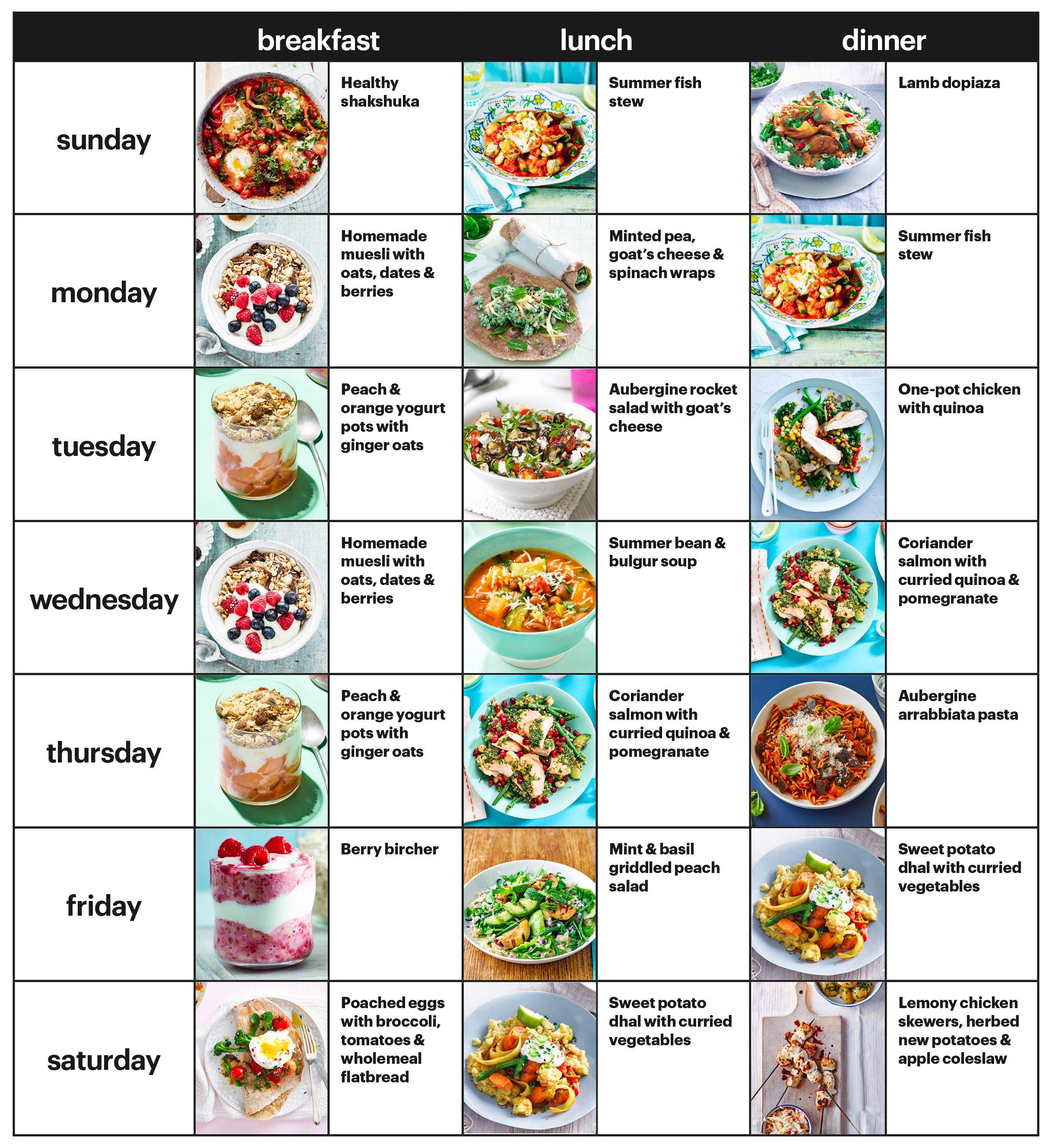Achieving long-term weight loss is a journey that requires not only dedication and persistence but also a strategic approach to understanding and managing your daily caloric needs. This article serves as your comprehensive guide to calculating and managing the calories you consume each day, ensuring that your efforts translate into sustainable results. With a confident grasp of the science behind caloric intake and expenditure, you will be equipped to make informed decisions that align with your weight loss goals. From understanding the basic principles of metabolism to implementing practical strategies for tracking and adjusting your diet, this article will empower you to take control of your nutritional intake and embark on a successful weight loss journey. Whether you are just starting out or looking to refine your approach, the insights and techniques shared here will help you cultivate a balanced and healthy lifestyle for the long term.
Understanding Your Basal Metabolic Rate for Effective Calorie Management
To effectively manage your daily caloric intake for weight loss, it’s crucial to grasp the concept of your Basal Metabolic Rate (BMR). BMR represents the number of calories your body requires to maintain basic physiological functions while at rest, such as breathing, circulation, and cell production. Understanding your BMR allows you to set a foundation for determining your daily caloric needs. Calculating your BMR involves several factors, including age, sex, weight, and height. Once you have this baseline, you can adjust your calorie intake based on your activity level and weight loss goals.
- Calculate your BMR: Use the Harris-Benedict equation or an online calculator to find your BMR. This is your starting point for understanding your calorie needs.
- Consider your activity level: Multiply your BMR by an activity factor (sedentary, lightly active, moderately active, very active) to estimate your total daily energy expenditure (TDEE).
- Set a caloric deficit: To lose weight, consume fewer calories than your TDEE. A safe deficit is typically around 500 calories per day, which can lead to a loss of about 1 pound per week.
- Monitor and adjust: Track your progress and adjust your calorie intake as needed to continue losing weight at a sustainable rate.
By understanding and calculating your BMR, you empower yourself to make informed decisions about your caloric intake, paving the way for effective and sustainable weight management.

Crafting a Balanced Diet Plan Aligned with Your Caloric Goals
To successfully manage your caloric intake for weight loss, it’s essential to create a diet plan that balances your nutritional needs while aligning with your daily calorie goals. Start by determining your Basal Metabolic Rate (BMR) using online calculators that factor in your age, gender, weight, and height. Once you know your BMR, adjust it based on your activity level to find your Total Daily Energy Expenditure (TDEE). This number represents the calories needed to maintain your current weight. To foster weight loss, aim to consume fewer calories than your TDEE, but not so few that you compromise your health.
- Include a variety of food groups: Ensure your meals are rich in proteins, carbohydrates, and healthy fats. Incorporating a mix of these macronutrients helps maintain energy levels and supports bodily functions.
- Prioritize nutrient-dense foods: Opt for whole grains, lean proteins, fruits, and vegetables. These foods provide essential vitamins and minerals while keeping your calorie intake in check.
- Monitor portion sizes: Use measuring cups or a food scale to accurately gauge portions. This practice helps prevent overeating and keeps your caloric intake within target.
- Stay hydrated: Drinking water can help manage hunger and support metabolic processes. Aim for at least eight glasses a day, adjusting for activity level and climate.
By mindfully crafting your diet plan with these elements, you’ll create a sustainable approach to achieving your weight loss goals without sacrificing nutrition or satisfaction.

Incorporating Physical Activity to Enhance Caloric Burn and Weight Loss
Incorporating physical activity into your daily routine is a powerful way to enhance caloric burn and support weight loss. To maximize the benefits, consider a variety of activities that keep your metabolism engaged and your body challenged. Here are some effective strategies to integrate:
- Cardiovascular Exercises: Engage in activities such as running, cycling, or swimming. These activities increase heart rate and burn a significant number of calories, contributing to a caloric deficit essential for weight loss.
- Strength Training: Incorporate weightlifting or bodyweight exercises to build muscle mass. Muscle tissue burns more calories at rest than fat tissue, enhancing your resting metabolic rate.
- High-Intensity Interval Training (HIIT): Alternate between short bursts of intense activity and periods of rest or lower-intensity exercise. HIIT is known for its efficiency in burning calories in a shorter amount of time.
- Daily Movement: Increase your overall activity level by taking the stairs, walking or cycling to work, or doing household chores. These small actions add up and contribute to your total caloric expenditure.
By diversifying your physical activities, not only do you boost your calorie-burning potential, but you also make your fitness routine more enjoyable and sustainable in the long term.

Monitoring Progress and Adjusting Caloric Intake for Sustainable Results
Achieving long-term weight loss requires a dynamic approach to monitoring your progress and adjusting your caloric intake accordingly. Begin by regularly assessing your progress using metrics such as body weight, body measurements, and energy levels. These indicators will help you determine whether your current caloric intake is aligned with your goals. If progress stalls, consider evaluating your activity levels, dietary adherence, and potential changes in metabolism. It’s crucial to understand that adjustments may be necessary over time to continue seeing results.
- Track Your Metrics: Use a journal or a digital app to log your weight and measurements weekly. Consistent tracking helps identify patterns and plateaus.
- Analyze Your Diet: Review your food intake to ensure you are meeting your nutritional needs without exceeding your caloric goals.
- Stay Flexible: Be open to modifying your plan. If your energy levels drop or progress slows, consider adjusting your caloric intake by 100-200 calories to kickstart progress.
- Consult Professionals: If unsure about adjustments, seek advice from nutritionists or dietitians who can provide tailored guidance.
By maintaining a keen eye on these aspects, you can create a sustainable plan that evolves with your body’s needs, ensuring ongoing success in your weight loss journey.
